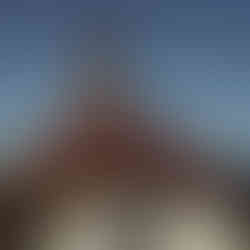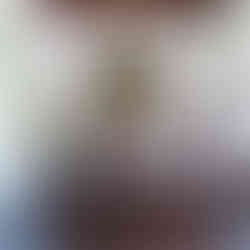Lič - place of religion and heritage
- Andrea Seifert

- Jun 15, 2017
- 3 min read
In 1733 inhabitants of Lič, now a small place near Fužine, were renovating the dilapidates St. John the Baptist Church which kept collapsing. On August 5th, in middle of summer, snow fell and covered the little chapel in which Mother of God appeared. Since then people make pilgrimages to this small chapel, now dedicated to the Virgin Mary of Snow.
The chapel stands in midst of green mountain meadow, surrounded by evergreen hills. Peacefulness of the place is only sometimes broken by birds and wind, and one can indeed feel the holiness of the site. Don’t expect some big sanctuary with lots of pilgrims. This is a small chapel, close to the St. John’s Hill, where another chapel is situated. We strongly suggest you to take a walk from Fužine or Lič and feel the pilgrimage path itself.
The church itself has a beautiful main altar with a picture of Blessed Virgin Mary of Rosary with St. Catherine of Siena and St. Dominic. These pictures were saved before the church was ruined in the Second World War, together with a cross made from white marble made in 1929. Side altars consist of St. Joseph and St. Catherine. There is also a statue of Blessed Virgin Mary with a child and statue of Holy Heart of Jesus.
In the back there is a large painting “Miracle of our Lady of Snow”, donated by Anton Hriberšek whose mother is from Lič. The painting shows the miracle itself, the moment when snow flocks came down from the starry sky.
The parish church in the village itself is dedicated to Saint George, built in 1662. It is situated above the centre of the place where the Ethnographic society “Sveti Juraj” (St. George) runs the Lič cultural-historical collection. It opened its doors to the public in 1994, the year in which Lič celebrated 150 years of schooling.
Mr Dražen Starčević, fatally in love with Lič and its surroundings, shows us the collection that preserves items that were used in these areas and that tell a story about the life and habits of the people who lived here. Lič is way older than Fužine; the settlement itself was first mentioned in 1364. In 1603 first Vlach/Bunjevci inhabitants settled here, giving it a distinctive ethnographic character.
The ethnographic department consists of ethnographic artefacts and tools used by locals in their daily lives, remains of the past hands full of blisters on the legacy passed on to the present. One can find many things here, from the working tools in the fields to the express pots and irons for the kitchen work. All of these items were used in Lič and stem from the ancestors of local people. Next to it is a room filled with archive documents, writings, and photographs. A window to locals’ past, it shows the richness and troubles of life throughout past times. Among others, one can also see the costumes which people wore, as well as the official documents regarding the state and municipality.
Upstairs is a history department consisting of sacral treasury and the civil room. The latter is an insight in the life of a well standing civil family Kauzlarić, from the end of the 19th and the beginning of the 20th century. It is a very attractive display of antique furniture, art paintings, old tableware, ornaments, and old documents and books.
A small sacral treasury is placed in the same room, containing a significant number of sacral objects, valuable old church vestments that date from the Venetian times. and flags that need a special airtight chest. It is a solid look into the history of the Catholic church and parish of Lič.
An unique exhibition in Gorski kotar is also a collection of ethnographic and artistic items of the peoples from Africa, Asia, and America. It is a result of a valuable donation by a vacation home owner in Lic. Physicist Guy Paic PhD who works in New Mexico, USA, following a wish of his late wife, famous television journalist Arlette Ambrozic-Paic, donated valuable art works collected on their numerous travels to the Collection. Contained mostly are objects from Africa and South America, therefore the Ethnographic association members have formed a separated display room with exhibits of non-European peoples.
By forming several display areas, the Ethnographic collection in Lic became a very respectable museum. Today it contains more than 500 exhibits in the permanent display, and it is continuously enlarged with new objects. Indeed, the ethnographic association should be well proud of their achievments.
Lič St. George Association etnoudrugalic@gmail.com +385 98 448 145 (Dražen Starčević)






































Comments